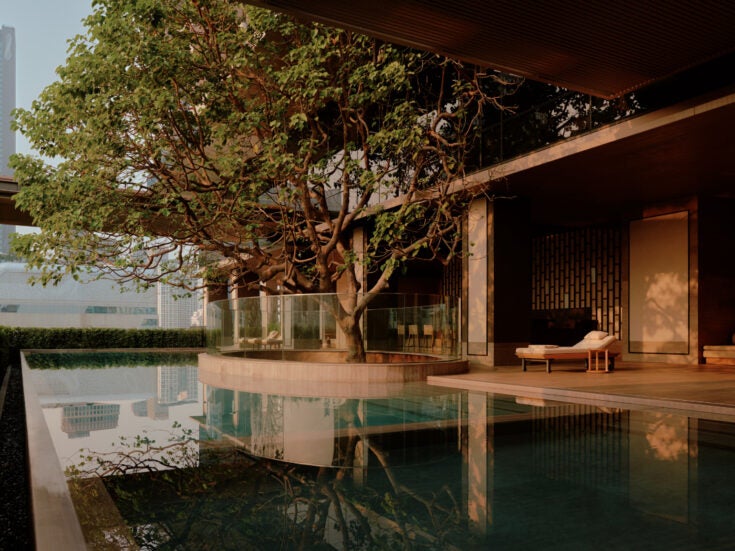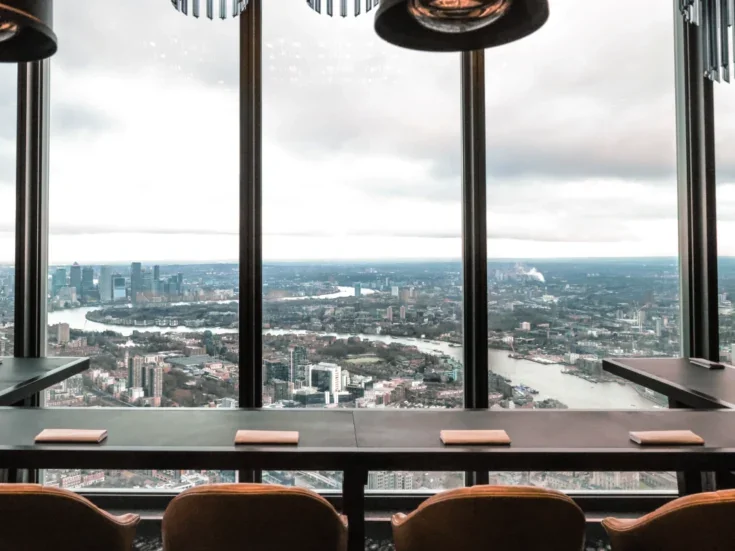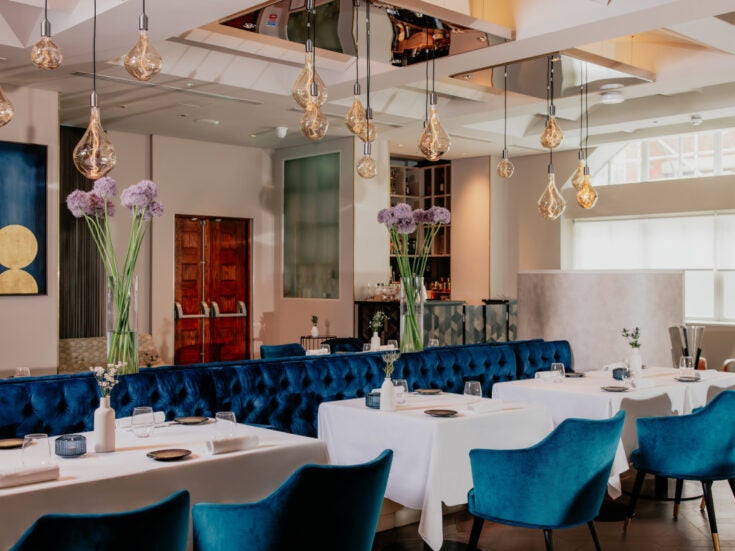En route to a friend’s house in Scotland last summer, we stopped at Glasgow.
En route to a friend’s house in Scotland last summer, we stopped at Glasgow. Glasgow is an example of the transformation that has overcome many of Britain’s industrial cities. Renaissance is a fancy word to use of such places as Newcastle, Manchester and Cardiff, whose characters would be emasculated if they became high falutin’ and refined; nevertheless, it suggests the rush of energy that has suffused them, the awakening of a new dawn.
The effect is not universal. Some cities have been stubbornly resistant to rebirth; from previous comments, I am already in danger of being tarred and feathered whenever I visit Stoke-on-Trent (I don’t very often), so I might as well say that is still apparently irredeemable. But then, so Glasgow seemed when I first visited in the 1980s. It was associated with a failing shipbuilding industry and violent housing estates. Now, we guide ourselves to the hotel – the City Inn – using an enormous, defunct Clydeside crane as a landmark. Industry bends the knee to entertainment.
Nearly 200 feet high, the Finnieston Crane dates from 1932. Its function was to deposit heavy loads – railway engines and the like – into freighters sailing from what was still the workshop of the British Empire; it can lift up to 175 tons. These days, it surveys a waterfront grazed by the silver armadillo that is Foster and Partners’ Clyde Auditorium, next to the Scottish Exhibition and Conference Centre; on the other side of the river, linked by a pedestrian bridge, is the stimulating independent Science Centre. You can take a seaplane to Oban bay from the former dock pool beside it, if you are so minded – not quite like the Maldives but almost. In the distance, a second stage of the docks redevelopment – QD2 – is underway at a cost of more than £600 million. It will include the tallest residential tower in Scotland. All this can be experienced while strolling, with the prospect of a very decent cappuccino at the end of it. When the sun shines – and admittedly it doesn’t always – tables spill out from the City Inn as though it were Paris. There is a chic to the place, extending to the Mediterranean food of the café-restaurant, which would have appalled the gutturally incomprehensible trade union leaders who appeared on the television news of my childhood.
Perhaps it is wrong to express surprise. But my memories of visiting Glasgow on previous occasions, without family in tow, were gritty. Only when you have collected a lost suitcase from the luggage office in the station, at a dismally late hour, can you know this City; on that occasion, I climbed onto the sleeper with much of the relief that Odysseus must have felt on returning from his visit to the Underworld. Glaswegian architecture doesn’t woo the visitor with tenderness.
The Victorians seem to have designed the city on a strategy of shock and awe. You cannot help being stirred by the red sandstone cliff that is the Kelvingrove art gallery, or the dizzying, buff tower of the University across the park, but can you love them? No. Fragile C. R. Mackintosh -his career ended in drink – provided a leavening of Art Nouveau, his School of Art being self-consciously everything that the bombast of industrially made fortunes wasn’t. The Burrell Museum, displaying the eclectic collection of the ship owner Sir William Burrell, was an aesthetic treat when it opened in 1983, and so it remains. But you drove through the notorious Gorbals with the windows up, the doors locked and the car radio playing marital music to keep your spirits up. By contrast, the City Inn is – well, I’ll get in trouble for saying so – metrosexual.
So much for the urban Renaissance; there are signs of one emerging in the Scottish countryside. Even for the grouse-shooting classes, life was, until recently, tough. Think of how Prince Charles suffered at Gordonstoun, the private school on the Moray Firth. (‘A cruel ruler will persuade himself and others that his slaves are really happy’ is the quote from the school’s founder Kurt Hahn, displayed on the Gordonstoun website. I am still thinking about it.) The Scottish countryside was remarkable for mountains, heather, tweed, stags, whisky, salmon fishing, midges, oatcakes and impenetrable mist, but not douceur de vivre. So when it was time to stop off at Gleneagles, which used to be an immense railway hotel built in the 1920s, I expected to find a Lost World of sherry-before-dinner fossils, in tartan golfing trousers.
Instead, the place is a kind of upper-class Butlins, offering every kind of pukka activity that you could imagine. Admittedly most of these activities involve waterproof clothing, waxed and the colour of cowpats – shooting, fishing, falconry, off-road driving and of course golf. But there is also a kind of epic comfort about the place, not much experienced since the Edwardian period. The lawns, viridian in hue, might be velvet, the swimming pools are heated to Caribbean temperatures, the food is not only superb but, in the case of the Deseo bistro, actually avant-garde (this is food as fun: hardly a traditionally Scottish concept). If I think back to the travels I made in Scotland when writing about country houses for Country Life, when eating was bleak, this represents a revolution.
The house where we stayed, near Forfar, was itself nothing less than lucullan. Some private houses have been comfortable, even in Scotland, and I was not surprised, knowing our host, that this one should have been well appointed – full of interesting books, Meissen groups that the children nearly destroyed, ancestral walking sticks and well chosen decor. But standards nearly as high as these seem to have become general, to judge from the visits we made. Scottish curtains no longer stop a couple of inches from the floor. We ate in a gastro pub, in an insignificant village, that might have been magicked from Fulham. What’s going on?
It may be that every generation – except those living in Cromwell’s England or Taliban-controlled areas of Afghanistan – notes an increase in luxury on the one before. ‘About five and twenty years ago,’ expostulates gouty Matt Bramble, Smollet’s novel The Expedition of Humphry Clinker, ‘very few, even of the most opulent citizens of London, kept any equipage, or even any servants in livery. Their tables produced nothing but plain boiled and roasted, with a bottle of port and a tankard of beer. At present, every trader in any degree of credit, every broken and attorney, maintains a couple of footmen, a coachman, and postilion. He has his town-house, and his country-house, his coach, and his post-chaise. His wife and daughters appear in the richest stuffs, bespangled with diamonds.’ That struck a chord when I read it; but then London has always set the pace. For comfort and sophistication to visit Scotland – well, that is something new. If the Scots want independence, let them have it. They have learnt how to live.






